Your cart is currently empty!
Tag: Reduce
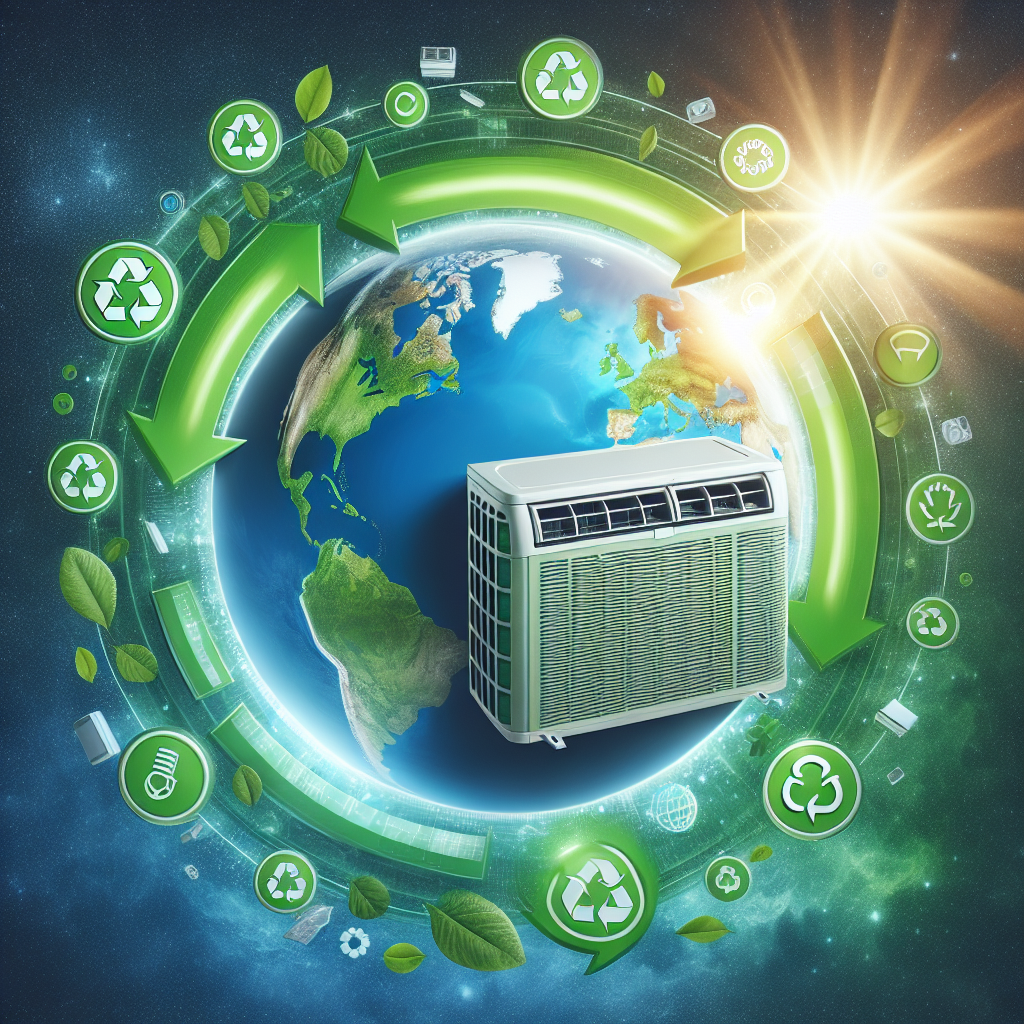
The Environmental Impact of Air Conditioning: How to Reduce Your Carbon Footprint
Air conditioning has become a staple in many homes and businesses, providing relief from the sweltering heat during the summer months. However, the environmental impact of air conditioning is significant, contributing to climate change and increasing our carbon footprint. In fact, air conditioning accounts for a significant portion of global energy consumption and greenhouse gas emissions.One of the main ways that air conditioning contributes to climate change is through the release of refrigerants, which are chemicals used in air conditioning systems to cool the air. These refrigerants contain hydrofluorocarbons (HFCs), which are potent greenhouse gases that have a much higher global warming potential than carbon dioxide. When these refrigerants are released into the atmosphere, they contribute to the depletion of the ozone layer and trap heat, leading to global warming.
In addition to the emissions from refrigerants, air conditioning also requires a significant amount of energy to operate. This energy is often generated from fossil fuels, such as coal, oil, and natural gas, which release carbon dioxide and other pollutants into the atmosphere when burned. The increased demand for energy to power air conditioning systems puts strain on our already overburdened power grids and contributes to air pollution and environmental degradation.
So, what can we do to reduce the environmental impact of air conditioning and decrease our carbon footprint? There are several steps that individuals and businesses can take to make their air conditioning more eco-friendly:
1. Use energy-efficient air conditioning units: When shopping for a new air conditioning system, look for models that are ENERGY STAR certified, as these units are designed to be more energy-efficient and use less electricity.
2. Maintain and service your air conditioning system regularly: Regular maintenance of your air conditioning system can help improve its efficiency and reduce energy consumption. Clean or replace air filters, check for leaks, and ensure that the system is functioning properly.
3. Set your thermostat to a higher temperature: Keeping your thermostat a few degrees higher can help reduce energy consumption and lower your electricity bill. Consider using a programmable thermostat to adjust the temperature based on your schedule.
4. Use fans and natural ventilation: Instead of relying solely on air conditioning, use fans and open windows to circulate air and cool your space. This can help reduce the need for air conditioning and lower energy usage.
5. Plant trees and use shading: Planting trees around your home or installing awnings and blinds can help shade your space and reduce the amount of heat that enters your home, reducing the need for air conditioning.
By taking these steps to reduce the environmental impact of air conditioning, we can help decrease our carbon footprint and mitigate the effects of climate change. Making small changes in our daily habits and choices can have a significant impact on the environment and contribute to a more sustainable future.
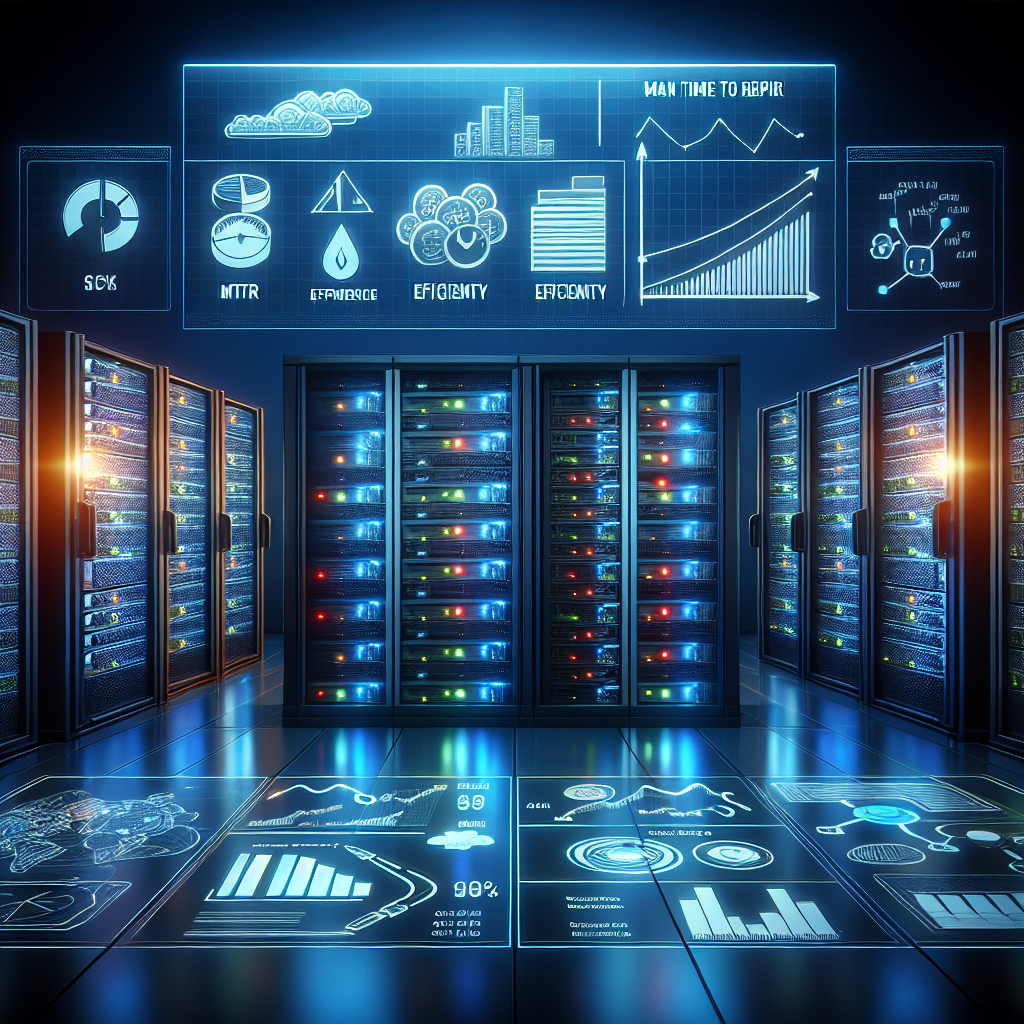
How to Calculate and Reduce Data Center MTTR for Optimal Efficiency
Data centers play a crucial role in modern businesses, serving as the backbone for storing, processing, and managing large amounts of data. One key metric that data center operators must focus on is the Mean Time to Repair (MTTR), which measures the average time it takes to repair a failed component or system in the data center. A low MTTR is essential for ensuring optimal efficiency and minimizing downtime, which can lead to significant financial losses and damage to a company’s reputation.Calculating MTTR
To calculate MTTR, data center operators need to track the following key metrics:
1. Mean Time Between Failures (MTBF): This metric measures the average time between failures for a specific component or system in the data center. It is calculated by dividing the total uptime of the component by the number of failures.
2. Mean Time to Repair (MTTR): This metric measures the average time it takes to repair a failed component or system in the data center. It is calculated by dividing the total downtime caused by the failure by the number of failures.
Once you have calculated the MTBF and MTTR, you can determine the overall reliability of the data center by using the following formula:
Reliability = MTBF / (MTBF + MTTR)
Reducing MTTR for Optimal Efficiency
Reducing MTTR is essential for optimizing data center efficiency and minimizing downtime. Here are some strategies that data center operators can implement to reduce MTTR:
1. Proactive Monitoring: Implementing a proactive monitoring system that continuously monitors the health and performance of data center components can help identify potential issues before they escalate into full-blown failures. This allows operators to take preventive action to address the issue before it impacts data center operations.
2. Regular Maintenance: Conducting regular maintenance and inspections of data center components can help identify and address potential issues before they cause failures. Implementing a preventive maintenance schedule can help extend the lifespan of components and reduce the likelihood of unexpected failures.
3. Standardized Processes: Establishing standardized processes and procedures for troubleshooting and repairing failed components can help streamline the repair process and reduce MTTR. By documenting and following a set of best practices, data center operators can ensure consistency and efficiency in the repair process.
4. Training and Skill Development: Providing training and skill development opportunities for data center staff can help improve their ability to diagnose and repair issues quickly and effectively. Investing in ongoing training and certification programs can help equip staff with the knowledge and skills needed to reduce MTTR.
By calculating and reducing MTTR, data center operators can improve the overall efficiency and reliability of their data center operations. Implementing proactive monitoring, regular maintenance, standardized processes, and training and skill development can help minimize downtime, optimize performance, and ensure the smooth operation of the data center.
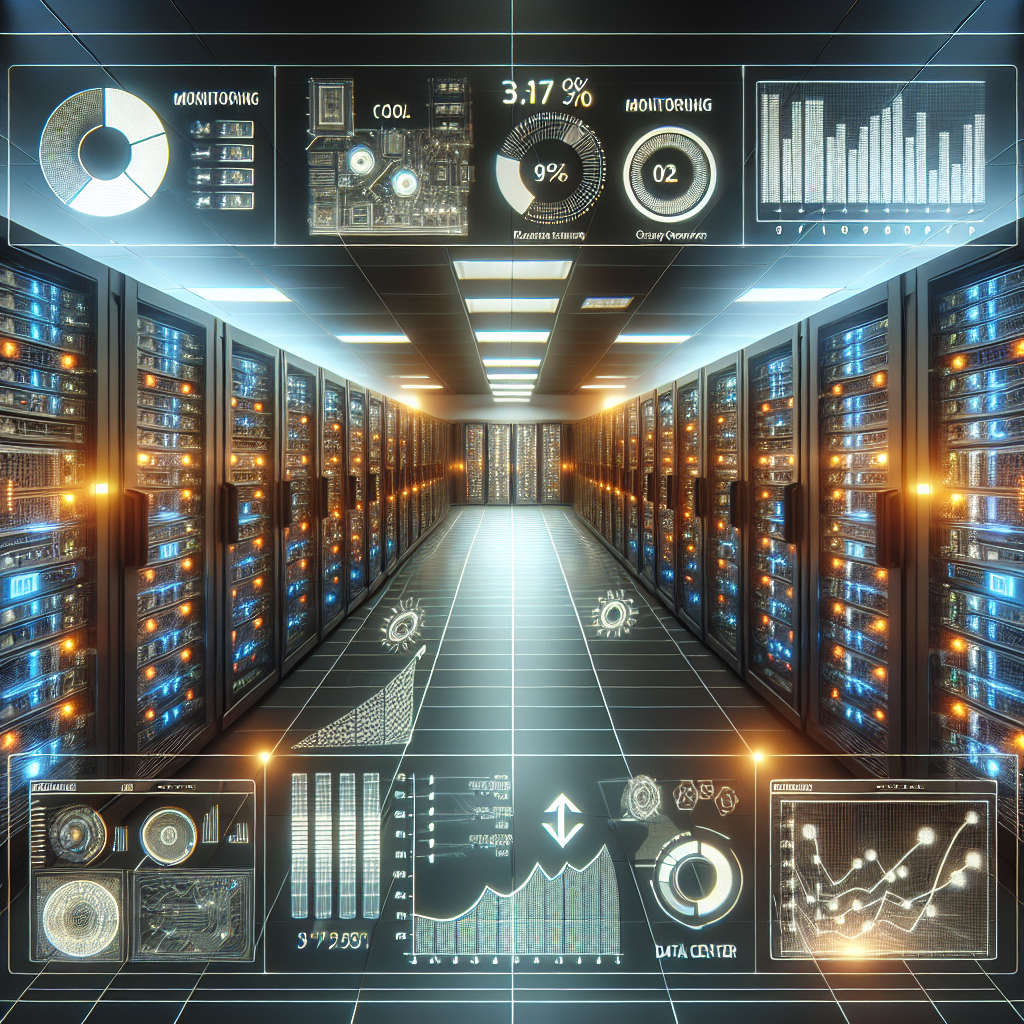
How Data Center Monitoring Tools Can Improve Efficiency and Reduce Downtime
In today’s fast-paced digital world, data centers play a crucial role in keeping businesses running smoothly. These facilities house the servers, storage, and networking equipment that store and process vast amounts of data. As data centers continue to grow in size and complexity, monitoring tools have become essential for ensuring their efficient operation and minimizing downtime.Data center monitoring tools provide real-time visibility into the performance and health of the equipment and systems within the facility. By collecting and analyzing data on key metrics such as temperature, humidity, power usage, and network traffic, these tools can help data center administrators identify and address potential issues before they escalate into costly outages.
One of the key benefits of data center monitoring tools is their ability to improve efficiency. By monitoring factors such as power usage and cooling efficiency, administrators can optimize the performance of the data center and reduce energy consumption. This not only helps to lower operating costs but also reduces the environmental impact of running a data center.
In addition to improving efficiency, data center monitoring tools are also crucial for reducing downtime. Downtime can be incredibly costly for businesses, leading to lost revenue, damaged reputation, and decreased productivity. By providing real-time alerts and notifications of potential issues, monitoring tools enable administrators to quickly respond to problems and prevent them from causing disruptions.
Furthermore, data center monitoring tools can also help with capacity planning and resource allocation. By tracking trends in data usage and performance, administrators can identify areas where additional resources may be needed and make informed decisions about upgrades and expansions.
Overall, data center monitoring tools are essential for ensuring the efficient operation of modern data centers. By providing real-time visibility into key metrics, these tools enable administrators to optimize performance, reduce downtime, and make informed decisions about capacity planning. In today’s data-driven business environment, investing in monitoring tools is a wise decision that can help to ensure the long-term success of a data center.
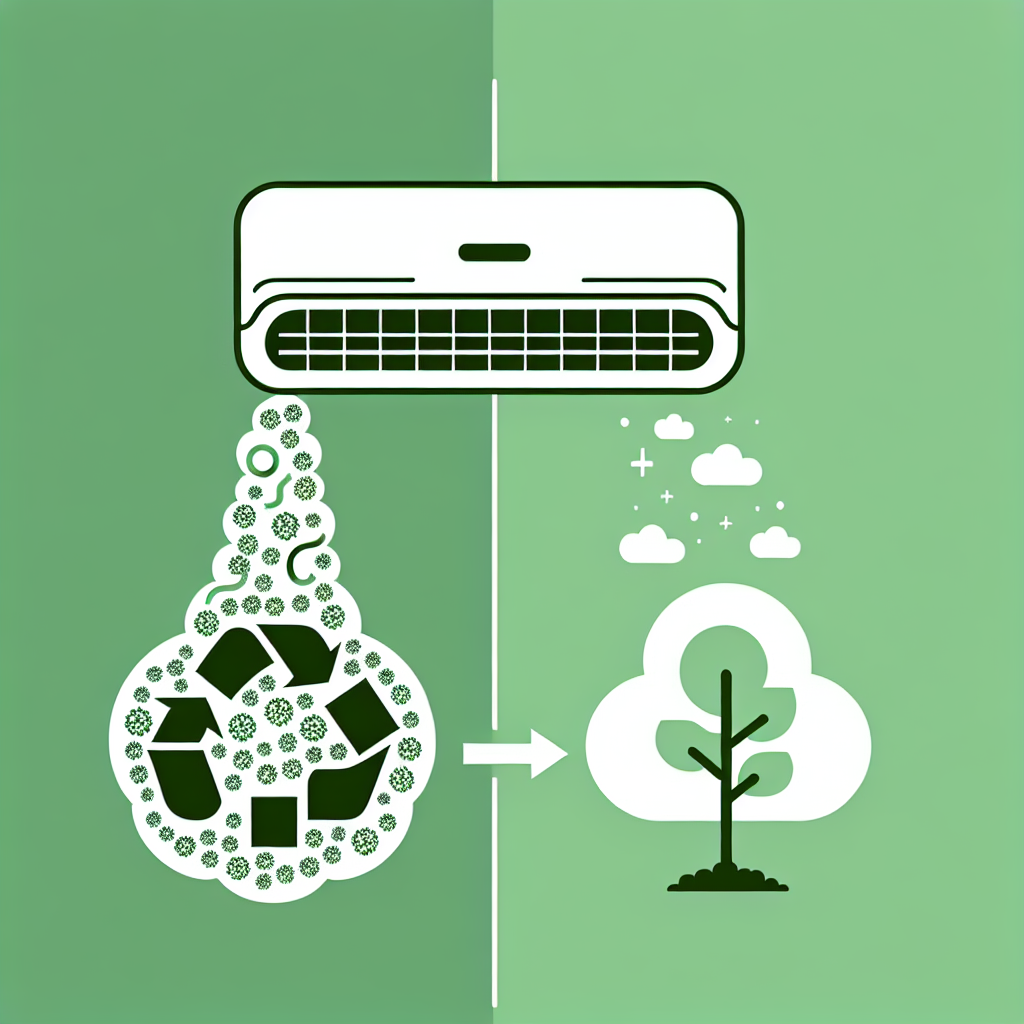
The Environmental Impact of Air Conditioning and How to Reduce It
Air conditioning has become an essential part of modern life, providing relief from sweltering temperatures during the hot summer months. However, the environmental impact of air conditioning is significant and cannot be ignored. The energy used to power air conditioning units contributes to greenhouse gas emissions, which are a major driver of climate change. In addition, the refrigerants used in air conditioners release potent greenhouse gases when they leak or are improperly disposed of.Fortunately, there are ways to reduce the environmental impact of air conditioning and minimize its contribution to climate change. Here are some tips on how to make your air conditioning more eco-friendly:
1. Use energy-efficient air conditioning units: When purchasing a new air conditioner, look for models that have a high energy efficiency rating. Energy-efficient units use less electricity to cool your home, which helps to reduce your carbon footprint.
2. Keep your air conditioning unit well-maintained: Regular maintenance can help your air conditioner run more efficiently, reducing the amount of energy it uses. Make sure to clean or replace air filters regularly, check for leaks in the ductwork, and have a professional inspect and tune up your unit at least once a year.
3. Set your thermostat wisely: Keeping your thermostat at a moderate temperature can help to reduce energy consumption. Set your thermostat to the highest temperature you find comfortable in the summer, and use fans to circulate cool air throughout your home.
4. Use a programmable thermostat: Programmable thermostats allow you to set different temperatures for different times of day, allowing you to save energy when you are away from home or sleeping.
5. Use fans and natural ventilation: Using fans in conjunction with your air conditioner can help to circulate cool air more effectively, allowing you to set your thermostat higher. Opening windows and using natural ventilation can also help to cool your home without using as much energy.
6. Plant shade trees and use window coverings: Planting trees near your home can provide natural shade, reducing the amount of heat that enters your home. Using window coverings such as blinds or curtains can also help to block out sunlight and keep your home cool.
By taking these steps, you can reduce the environmental impact of air conditioning and help to combat climate change. Making your air conditioning more energy-efficient not only benefits the environment but also saves you money on your energy bills. With a few simple changes, you can enjoy a cool and comfortable home while minimizing your carbon footprint.
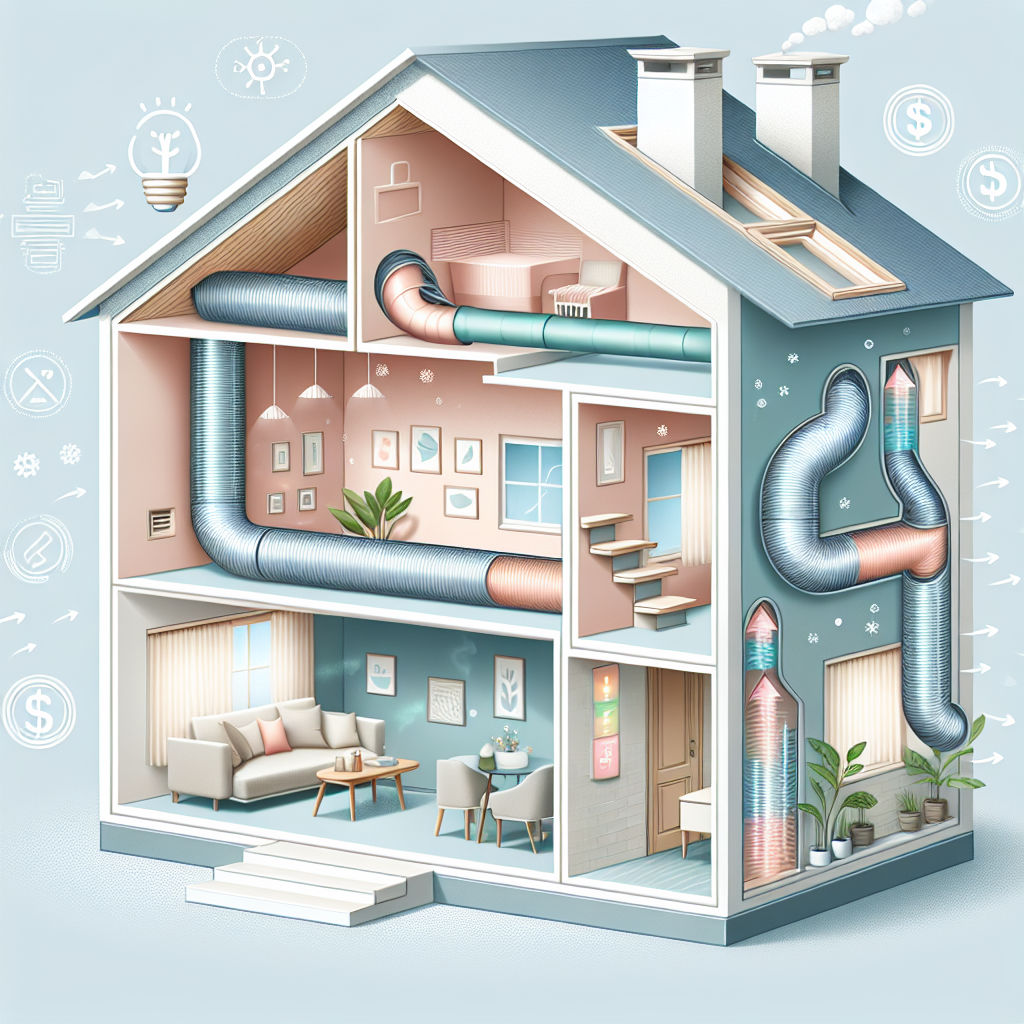
How Ventilation Can Help Reduce Energy Costs
One of the major expenses for homeowners and businesses is the cost of energy. Whether it’s heating, cooling, or electricity, energy bills can quickly add up and put a strain on your budget. However, one often overlooked way to reduce energy costs is through proper ventilation.Ventilation is the process of bringing fresh air into a space and removing stale air. This not only improves air quality but also helps regulate temperature and humidity levels. By ensuring good ventilation in your home or business, you can reduce the need for heating and cooling systems, ultimately saving on energy costs.
During the colder months, proper ventilation can help distribute heat more efficiently throughout a space. By allowing fresh air to circulate, you can prevent hot air from becoming trapped in one area and ensure that the entire space is evenly heated. This can help reduce the workload on your heating system and lower your energy bills.
In the summer, ventilation can help cool a space naturally without the need for air conditioning. By opening windows and using fans to circulate air, you can create a cross breeze that helps lower the temperature indoors. This can reduce the need for air conditioning and save on energy costs.
Proper ventilation also helps remove excess moisture from a space, which can lead to mold and mildew growth if left unchecked. By controlling humidity levels through ventilation, you can prevent these issues and avoid the need for costly repairs in the future.
There are several ways to improve ventilation in your home or business. Installing exhaust fans in bathrooms and kitchens can help remove odors and moisture, while opening windows and using ceiling fans can help circulate air throughout a space. Additionally, investing in a whole-house ventilation system can help ensure that fresh air is constantly being brought in and stale air is being exhausted.
In conclusion, proper ventilation can have a significant impact on reducing energy costs. By improving air circulation, regulating temperature and humidity levels, and preventing mold and mildew growth, ventilation can help you save money on heating, cooling, and electricity bills. So, take the time to assess the ventilation in your home or business and make any necessary improvements to start seeing the benefits of reduced energy costs.
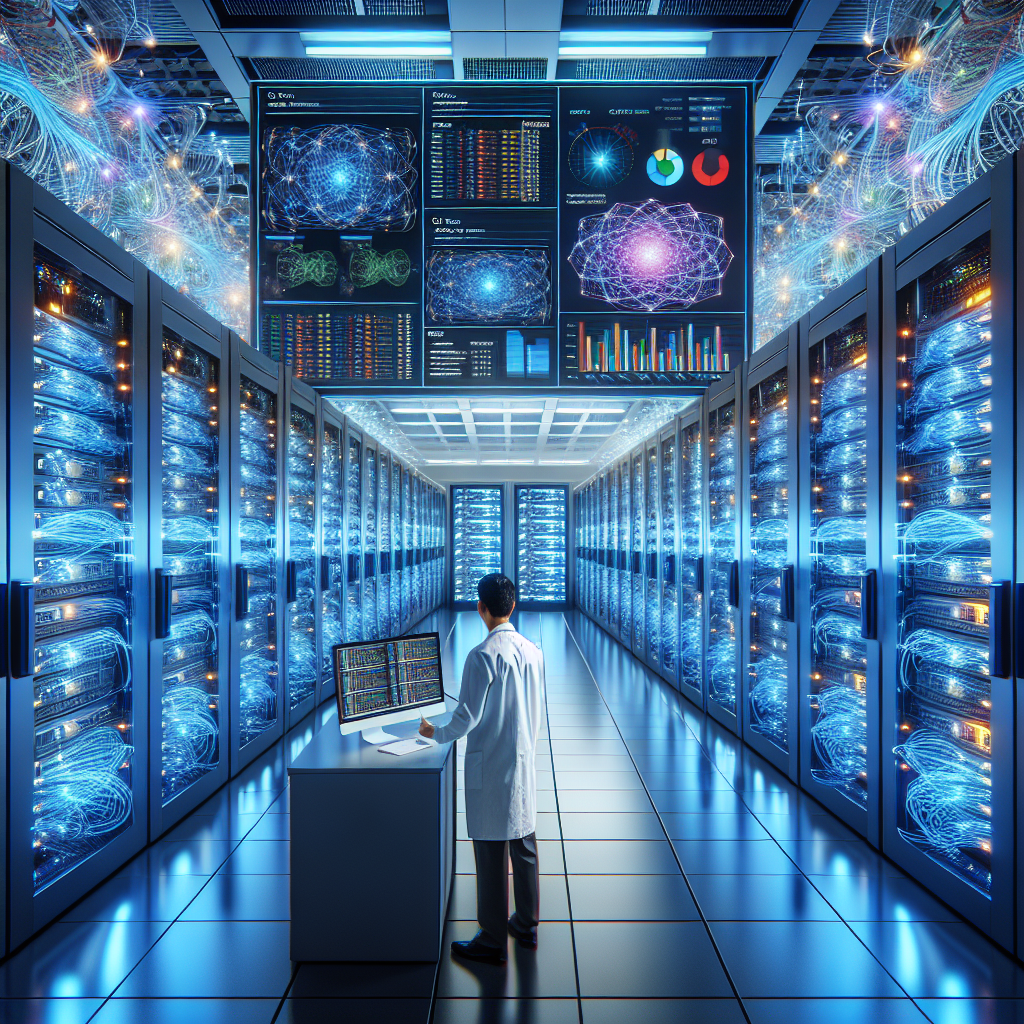
How Real-time Data Center Monitoring Can Improve Efficiency and Reduce Downtime
In today’s fast-paced world, data centers play a crucial role in ensuring the smooth operation of businesses. As more and more organizations rely on data centers to store and manage their critical data, the need for real-time monitoring of these facilities has become increasingly important. Real-time data center monitoring can help improve efficiency and reduce downtime, ultimately leading to increased productivity and cost savings.One of the key benefits of real-time data center monitoring is the ability to detect and address issues before they escalate into major problems. By continuously monitoring the performance of servers, storage systems, and networking equipment, IT professionals can quickly identify and resolve issues that could potentially lead to downtime. This proactive approach to monitoring can help prevent costly outages and ensure that critical systems are always up and running.
Real-time data center monitoring also provides valuable insights into the overall health of the facility. By tracking key performance metrics such as temperature, humidity, and power consumption, IT professionals can identify trends and make informed decisions about resource allocation and capacity planning. This data-driven approach to monitoring allows organizations to optimize their data center infrastructure and ensure that it is operating at peak efficiency.
In addition to improving efficiency, real-time data center monitoring can also help reduce downtime. By providing real-time alerts and notifications, IT professionals can quickly respond to issues and minimize the impact on business operations. This proactive approach to monitoring helps ensure that data center downtime is kept to a minimum, ultimately leading to increased availability and reliability of critical systems.
Overall, real-time data center monitoring is essential for organizations looking to maximize the efficiency and reliability of their data center operations. By continuously monitoring key performance metrics and proactively addressing issues, IT professionals can ensure that critical systems are always up and running, ultimately leading to increased productivity and cost savings. With the increasing importance of data centers in today’s digital world, real-time monitoring has become a necessity for organizations looking to stay ahead of the competition.
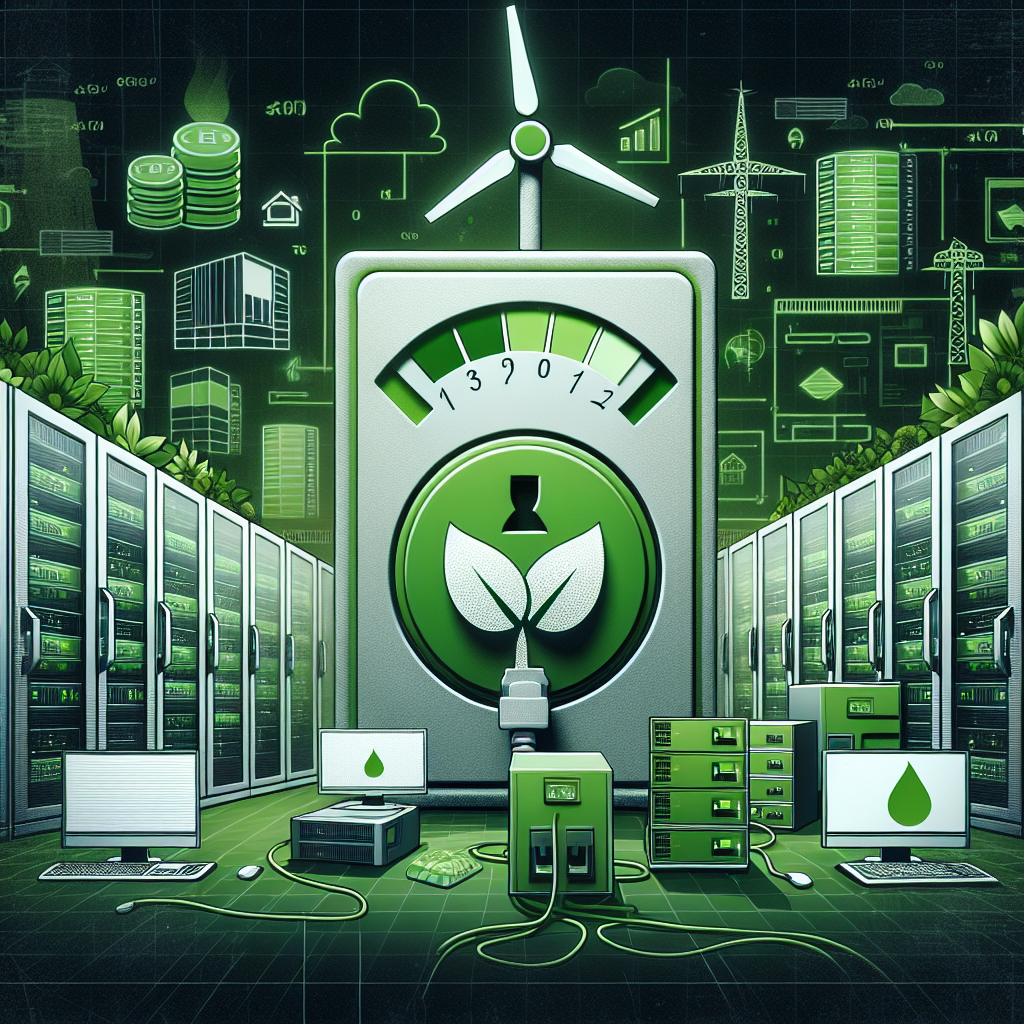
The Importance of Green Computing: How Data Centers Can Reduce Energy Consumption
In recent years, there has been a growing awareness of the importance of green computing and its potential to reduce energy consumption in data centers. As the demand for digital services continues to grow, so too does the need for energy to power the servers and infrastructure that support them. This has led to a significant increase in the carbon footprint of data centers, making them a major contributor to greenhouse gas emissions.The good news is that there are many ways in which data centers can reduce their energy consumption and become more environmentally friendly. By implementing green computing practices, data centers can not only reduce their impact on the environment but also save money on energy bills. Here are some of the key strategies that data centers can use to reduce energy consumption:
1. Virtualization: Virtualization is a technology that allows multiple virtual servers to run on a single physical server, thereby reducing the number of physical servers needed to support a given workload. This can lead to significant energy savings, as fewer servers mean less power consumption and cooling requirements.
2. Energy-efficient hardware: Data centers can also reduce energy consumption by using energy-efficient hardware, such as servers, storage devices, and networking equipment. By choosing energy-efficient components, data centers can significantly reduce their overall energy usage.
3. Renewable energy sources: Another way data centers can reduce their carbon footprint is by using renewable energy sources, such as solar or wind power, to supplement or replace traditional fossil fuel-based energy sources. By investing in renewable energy, data centers can reduce their reliance on non-renewable energy sources and lower their overall carbon emissions.
4. Energy-efficient cooling systems: Cooling is a major source of energy consumption in data centers, as servers generate a significant amount of heat. By implementing energy-efficient cooling systems, such as hot aisle/cold aisle containment or free cooling, data centers can reduce their cooling costs and energy consumption.
5. Data center design: The design of a data center can also have a significant impact on energy consumption. By optimizing the layout of servers, storage devices, and cooling systems, data centers can minimize energy waste and improve overall efficiency.
Overall, the importance of green computing in data centers cannot be overstated. By implementing energy-saving practices, data centers can reduce their environmental impact, lower their operating costs, and contribute to a more sustainable future. As the demand for digital services continues to grow, it is crucial that data centers prioritize energy efficiency and sustainability in order to minimize their carbon footprint and help combat climate change.
